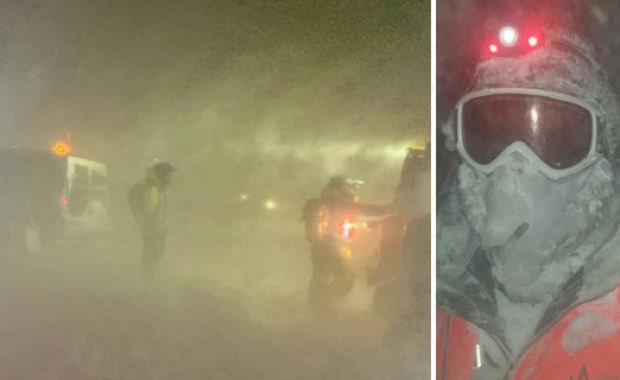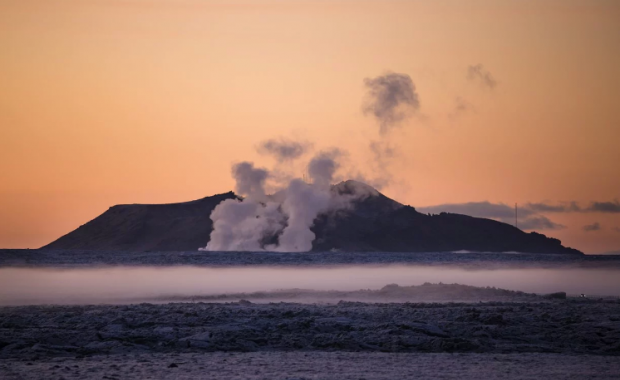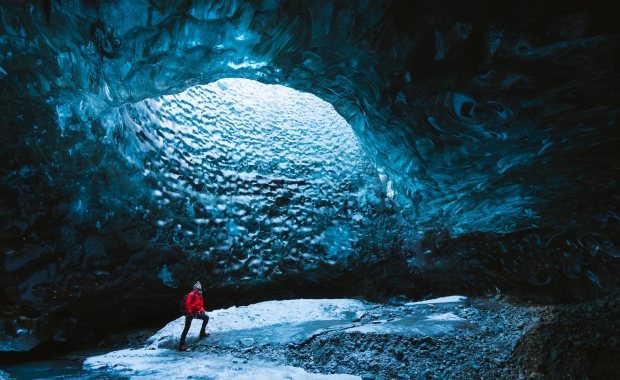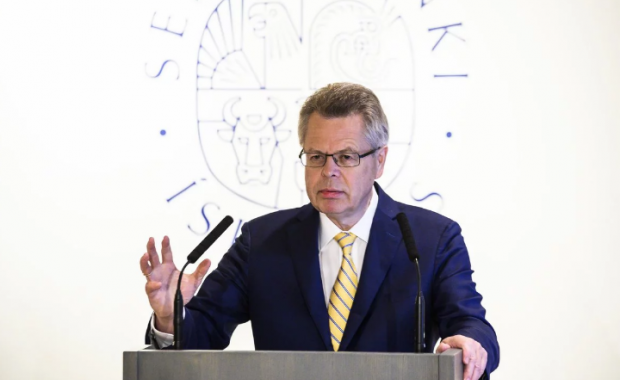A sharp earthquake swarm shook the Bárðarbunga caldera early Sunday morning. The epicenter of the largest tremor, a 3.5 magnitude quake in the south-east edge of the caldera, was at a depth of 11.2 km (7 miles). This powerful quake was followed by half a dozen smaller quakes.
Measurements by the Icelandic Meteorological Office show that the swarm took place between one and two in the morning of Sunday, and had run its course in half an hour.
A geologist at the Icelandic Meteorological Office told the local newspaper Morgunblaðið that the tremors did not seem to indicate growing levels of activity in Bárðarbunga. There are no signs of growing volcanic or seismic activity. What we saw was just a handful of tremors, and nothing more, at least not for the time being.
Read more: All of Iceland‘s major volcanoes showing unusually high levels of activity
The main Bárðarbunga caldera has been showing increasing levels of activity for the past year or so, following the 2014-15 Holuhraun eruption at the northern edge of the Bárðarbunga system.
A sharp earthquake swarm shook the Bárðarbunga caldera early Sunday morning. The epicenter of the largest tremor, a 3.5 magnitude quake in the south-east edge of the caldera, was at a depth of 11.2 km (7 miles). This powerful quake was followed by half a dozen smaller quakes.
Measurements by the Icelandic Meteorological Office show that the swarm took place between one and two in the morning of Sunday, and had run its course in half an hour.
A geologist at the Icelandic Meteorological Office told the local newspaper Morgunblaðið that the tremors did not seem to indicate growing levels of activity in Bárðarbunga. There are no signs of growing volcanic or seismic activity. What we saw was just a handful of tremors, and nothing more, at least not for the time being.
Read more: All of Iceland‘s major volcanoes showing unusually high levels of activity
The main Bárðarbunga caldera has been showing increasing levels of activity for the past year or so, following the 2014-15 Holuhraun eruption at the northern edge of the Bárðarbunga system.






